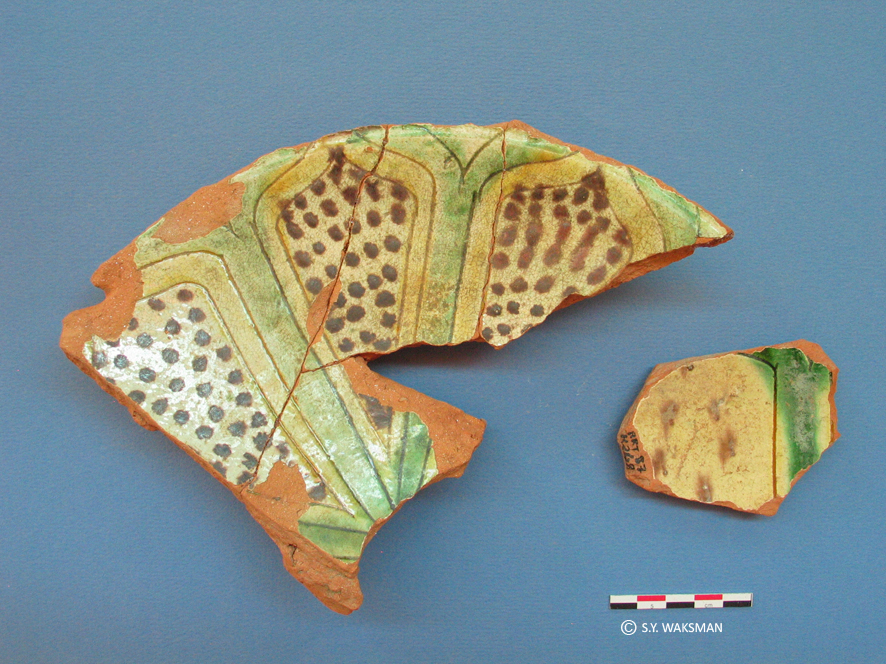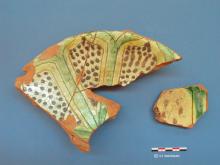Yona Waksman and Jacques Burlot went to the Centre de Recherche et de Restauration des Musées de France (C2RMF) in Paris, in order to analyze Byzantine and Early Turkish ceramics coming from archaeological sites (Ephesos, Pergamon, Sardis, Iznik) and from museum collections (Cité de la Céramique, Sèvres). The study was carried out with the collaboration of Anne Bouquillon (C2RMF) and of Laurence Tilliard (Cité de la Céramique, Sèvres). It proposed to investigate provenance and technologies of different ceramic types such as Aegean ware and Miletus ware.
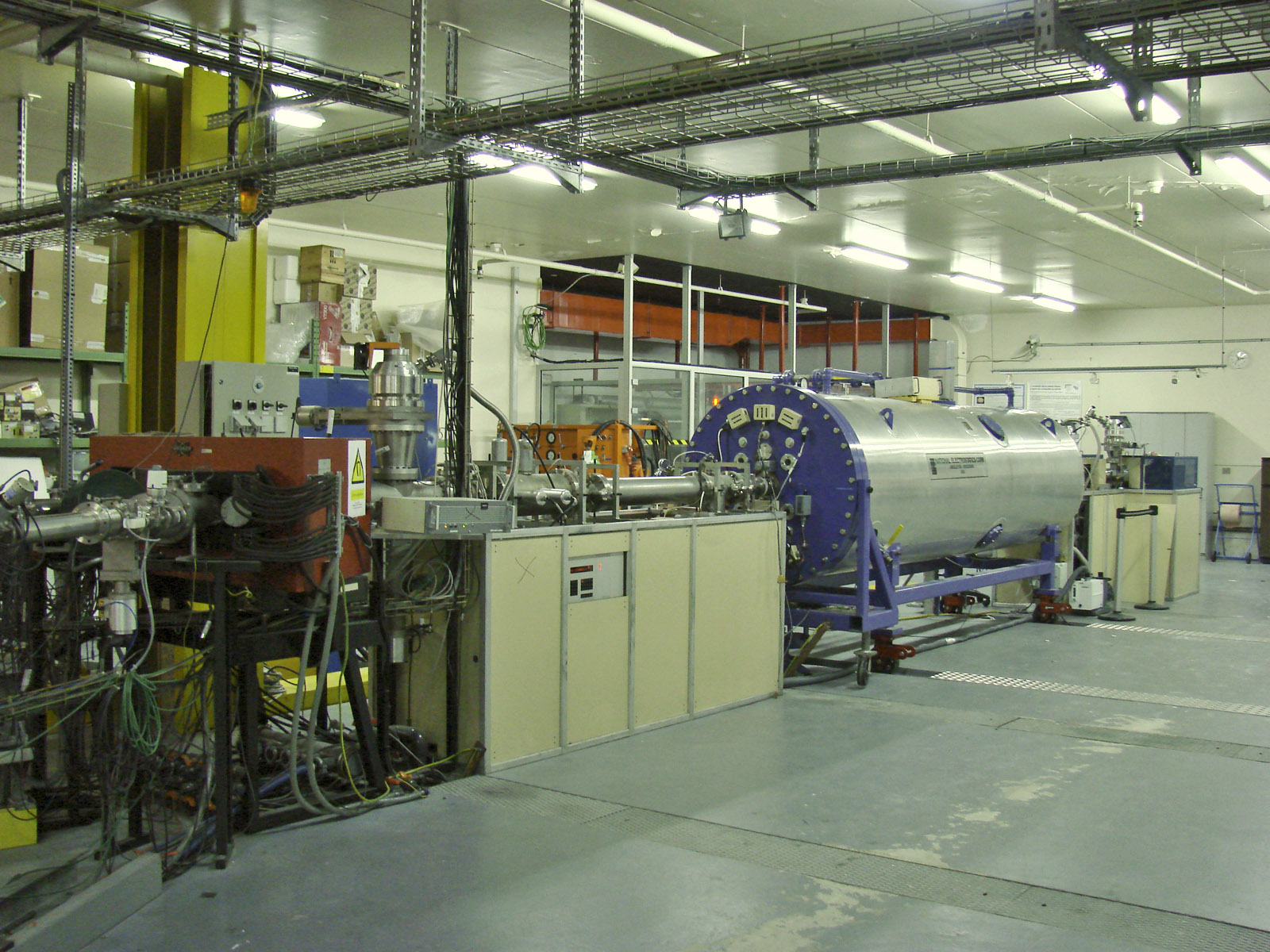 Analyses were carried out by non-destructive ion beam analyses, by PIXE (Particle Induced X-Ray Emission) and PIGE (Particle Induced Gamma-Ray Emission), at the Accélérateur Grand Louvre d’Analyses Elémentaires (AGLAE), in order to obtain the elemental compositions of the different materials composing ceramics (body, slip, glaze).
Analyses were carried out by non-destructive ion beam analyses, by PIXE (Particle Induced X-Ray Emission) and PIGE (Particle Induced Gamma-Ray Emission), at the Accélérateur Grand Louvre d’Analyses Elémentaires (AGLAE), in order to obtain the elemental compositions of the different materials composing ceramics (body, slip, glaze).
The purpose of such analyses was, on the one hand, to investigate the origin of museum examples, and on the other hand to investigate the introduction of new technological features in pottery production during the transition between the Byzantine and the early Turkish periods in Western Turkey.
Date:
Tuesday, 30 September 2014 to Wednesday, 1 October 2014
Tuesday, 25 November 2014 to Wednesday, 26 November 2014
Wednesday, 27 May 2015 to Thursday, 28 May 2015



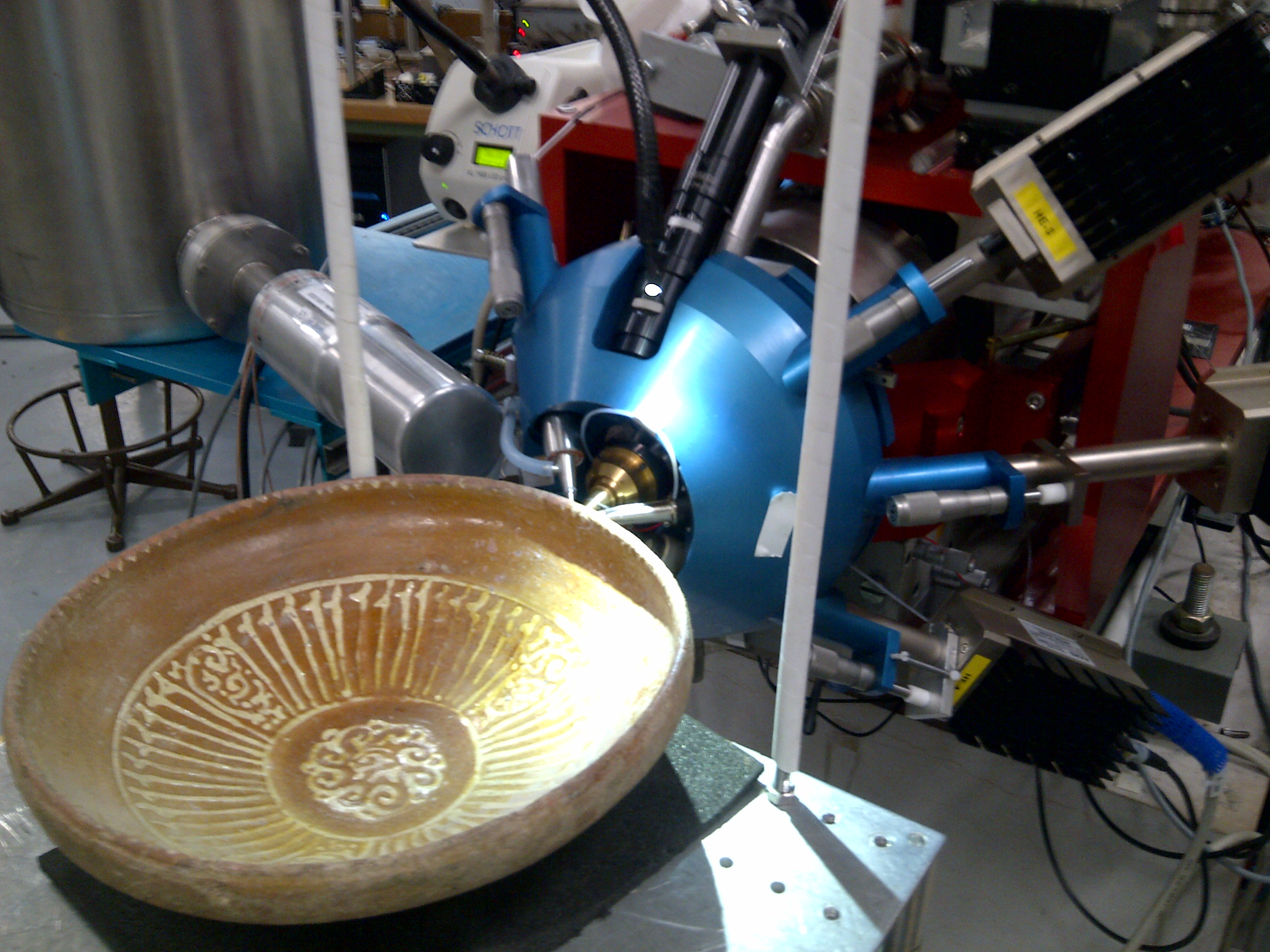
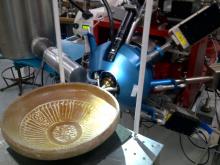
 Analyses were carried out by non-destructive ion beam analyses, by PIXE (Particle Induced X-Ray Emission) and PIGE (Particle Induced Gamma-Ray Emission), at the Accélérateur Grand Louvre d’Analyses Elémentaires (
Analyses were carried out by non-destructive ion beam analyses, by PIXE (Particle Induced X-Ray Emission) and PIGE (Particle Induced Gamma-Ray Emission), at the Accélérateur Grand Louvre d’Analyses Elémentaires (